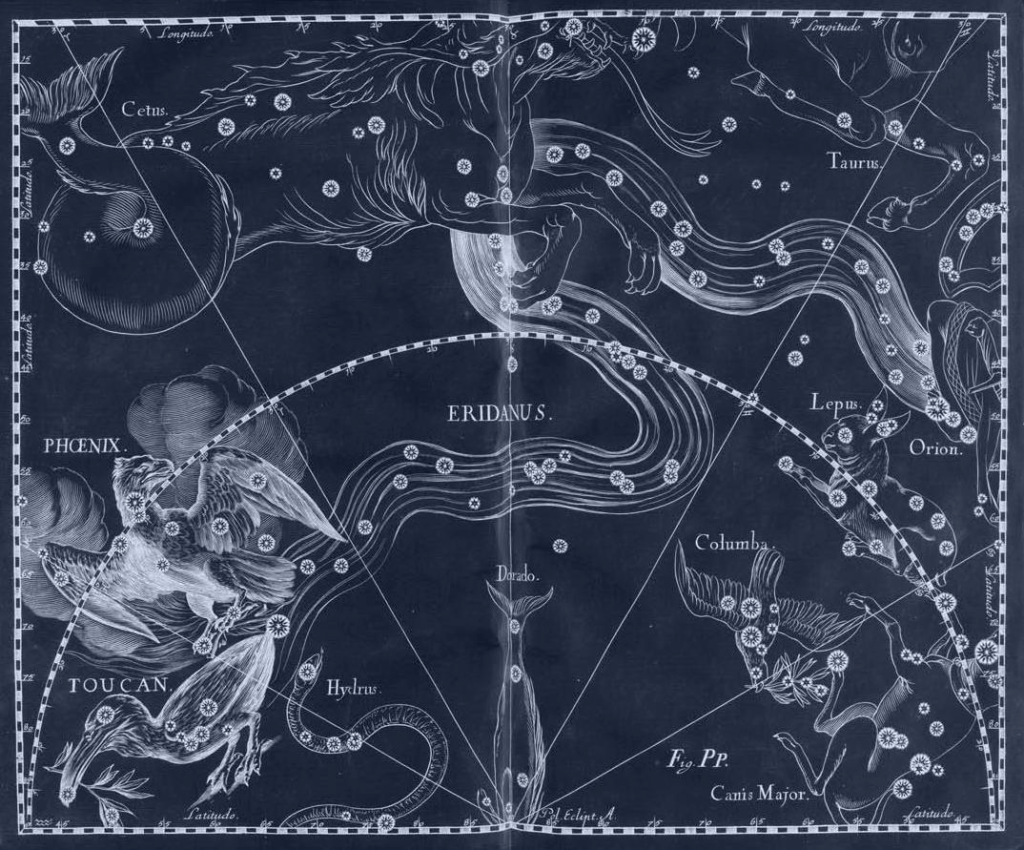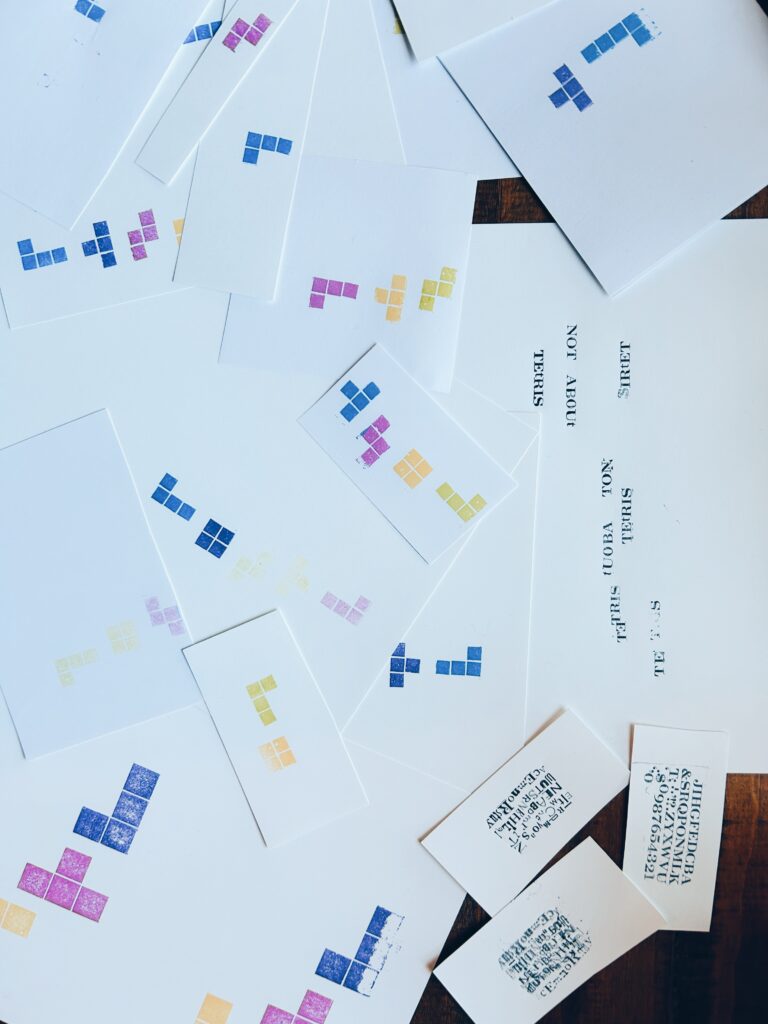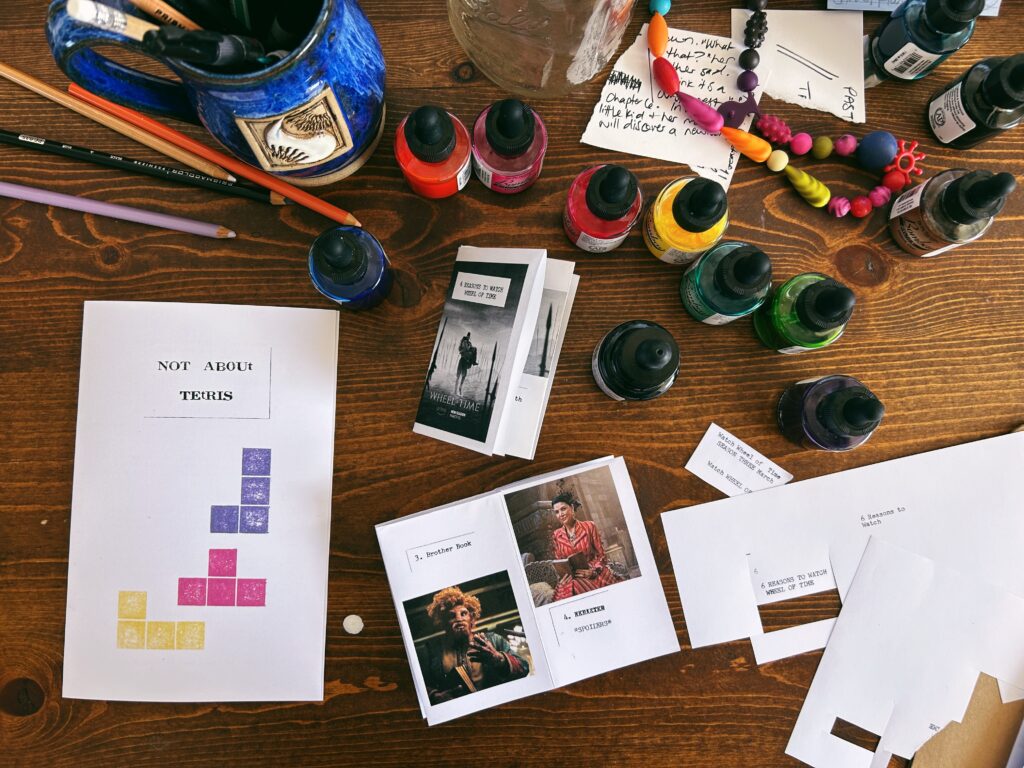I remember the moment I discovered kening zhu’s website.
I was taking a break from Substack and discovered are.na.
It followed a warren of rabbit holes chasing one link after another until I landed on kening’s homepage.
I won’t spoil the surprise for anyone who hasn’t been there, but I was filled with delight and curiosity and wonder.
When I set about to move webhosts I started recreating my minimalist artist’s gallery. But it didn’t feel right.
Serendipity (or magic) kening’s podcast episode Website as Cocoon waited in my podcast reader and was just what I needed to hear.
I pulled out my journal and started scribbling lists of places I wanted in my online world. I could still have an art gallery, but the rest of my site would expand to hold the whole of me. And, perhaps, the whole of you.

I followed links to a constellation of other podcasts and blog posts from kening about websites and creative process.
It felt like connecting with kindred spirit over an endless pot of tea.
So grateful for the invitation to inhabit a dreaming space while I recreated my website.




